Download Software Used To Get Rovers To The Red Planet
Download Software Used to Get Rovers to the Red Planet
Watching our Perseverance rover safely land on the surface of Mars is the kind of historic feat that gets our adventure-loving hearts racing.

Launching and landing rovers on Mars requires overcoming challenges like defying gravity on two planets, surviving the extreme heat of atmospheric entry, and avoiding rocky obstacles. This takes more than just rocket science – it takes incredible software too.
Did you know that some of the same tried and tested software that helped ensure a safe arrival for Perseverance (and its predecessor, Curiosity) can be downloaded – by you...for free...right now?

Our 2021-22 Software Catalog is full of codes made for space that can be used by entrepreneurs, teachers, gamers, or just about anyone. Whether you are curious about the Martian atmosphere, want to visualize the inside of a volcano, or have an application we’ve never even considered, our software may be able to help. Check out our full site, updated regularly with the latest codes available for download.
Here are a few examples of what you could do with our software!
1. Simulate the Martian atmosphere to prepare spacecrafts for landing

To prepare for exactly what a spacecraft will face on landing day, no matter the location scientists choose, we created software that simulates the Martian atmosphere. The code, Mars (GRAM), is now available to anyone.
We also have a version that simulates Earth's atmosphere, allowing users (especially those in the world of drone design) a way to replicate and design for, potentially dangerous conditions without ever stepping away from the computer.
2. Explore the Red Planet virtually from home with help from the Curiosity rover team
Originally developed for scientists and engineers working on the Curiosity rover mission, OnSight allowed the team a virtual way to walk on and look around Mars. Using an immersive display, such as a virtual reality headset, scientists could see the Red Planet the way a rover would.
This software can also be used to provide virtual experiences of places here on Earth, such as caves and lava fields.
3. Dodge disasters with a risk management tool made for space missions

When preparing for complex space missions, like the upcoming Mars Sample Return mission, it’s crucial to examine how different elements, independently and collectively, impact the probability of success.
But risk management has become an important tool for businesses of all disciplines, from engineering to accounting – and the Space Mission Architecture and Risk Analysis Tool (SMART) could help.
Sound interesting? The NASA software catalog has these and more than 800 additional codes ready for download.
You can also follow our Technology Transfer program on Twitter to learn more about software and technology that can be put to use on Earth.
Make sure to follow us on Tumblr for your regular dose of space!
More Posts from Sergioballester-blog and Others
The first palaeontologist on Mars

(Image: Artist’s impression of NASA’s Perseverance rover on Mars)
Today NASA’s Perseverance rover landed on Mars. I don’t usually talk astronomy on this blog, but this time it’s relevant because—as you might have read—Perseverance is more or less the first palaeontologist on Mars!
Let me explain.

(Image: Satellite topography map of Jezero Crater, the site where Perseverance landed)
The site where Perseverance is landing, Jezero Crater, is a meteor impact crater near Mars’s Equator (say that 10 times fast!). It has evidence of a delta—the geomorphic feature that occurs when running water enters a large body of water. Orbital analyses also suggest it’s filled with carbonate rock—the kind that tend to deposit at the bottom of bodies of water.
Jezero Crater is not filled with water today. But the evidence strongly suggests it once was. If we’re going to find evidence of life on Mars, this is a good place to start looking.
Microbial fossils
When you think of fossils, most people think of giant T. rex skeletons, or frozen woolly mammoths, or neanderthal skulls. Maybe you’ve been around the block a bit, and you think about corals, or plant fossils, or tiny fossil shells. But some of the most common and important fossils on Earth are even tinier. Microbial fossils are commonly made by bacteria, archaea, and the like.

(Image: A cross-section of a stromatolite fossil, showing the multiple layers)
Some of the earliest fossils on earth are called stromatolites. They occur when bacterial colonies grow together in a mat—then, over time, sediment deposits over the colony, and the bacteria form another layer on top of the previous layer. Over time, many layers can be formed.

(Image: Helium Ion Microscopy image of iron oxide filaments formed by bacteria)
Although we breathe in oxygen and breathe out carbon dioxide, many microbes are not quite so restricted, and can breathe anything from sulphur to iron to methane or ammonia. When they do this, they often leave behind solid waste products, such as the above iron oxide filaments, that give away their presence. We can tell these apart from normal minerals in a number of ways, including by the relative proportions of different isotopes in them.

(Image: Schematic digram showing how molecular fossils form and are studied)
However, some of the most important fossils are molecular fossils. Living organisms produce a variety of different organic molecules; even long after the bodies of these organisms decay, those molecules can stay behind in an altered form for millions or even billions of years. If we’re looking for evidence of life on Mars, this might be our best bet.
Enter Perseverance

(Image: Diagram of Perseverance rover showing different instruments)
The Perseverance rover is overall similar in design to the Curiosity rover that landed in 2012, but there are some key differences—and most relevant here is that it’s a geological powerhouse. It’s got a number of instruments designed to carry out detailed geologic investigations:
RIMFAX is a ground-penetrating Radar unit. Like normal Radar, it works by sending radio waves into the ground; different materials affect the radio waves differently, as do transitions between different materials. This will allow us to, for the first time, study the geology of Mars below the surface to get an idea of what has been going on down there.

(Image: This is the kind of result produced by ground-penetrating radar—a rough image of the stratigraphy below the surface.)
PIXL (Planetary Instrument for X-ray Lithochemistry) shoots x-rays at samples and examines how they fluoresce in reaction. This allows for the detection of the elemental composition of a sample—helping us better understand the geology of the area, and potentially detect signatures of life.
SuperCam is a multi-function laser spectrometer that uses four different spectroscopy methods to examine the composition of samples. They all work in similar ways—essentially, different molecules react to laser stimulation differently, and different amounts of energy are required to make different molecules vibrate. The way that these molecules react can help us identify their composition, and the hope is that this may allow us to detect molecular fossils (these methods allow us to detect molecular fossils on Earth!)
SHERLOC (Scanning Habitable Environments with Raman & Luminescence for Organics & Chemicals) is another spectroscopic instrument—this one, however, is more precise, and optimised for detecting trace biosignatures in samples. It works similar to the above, using an ultraviolet laser to scan a 7 × 7 mm zone for evidence of organic compounds.
In addition to studying samples in situ, Perseverance will package small samples and leave them behind on Mars. A planned future mission will collect these packaged samples and launch them into space, where an orbiter will collect them and—hopefully—return them to Earth. This would be the first time that samples have ever been recovered from Mars, and would go a long way in increasing our understanding of the Martian environment and geology.
There’s no way of knowing yet what Perseverance will find—but even the fact that a robot palaeontologist is on Mars is incredibly exciting. Here’s to many years of discovery!
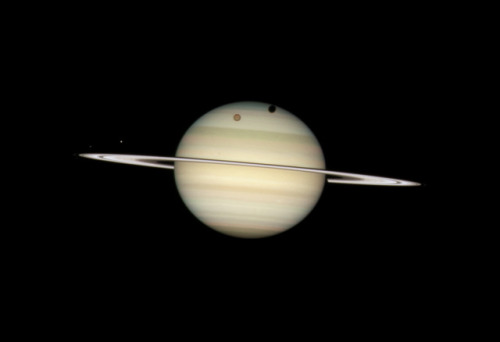
Saturn With Quadruple Moon Presence – Hubble Telescope
Launching of the space shuttle Atlantis.






jupiter
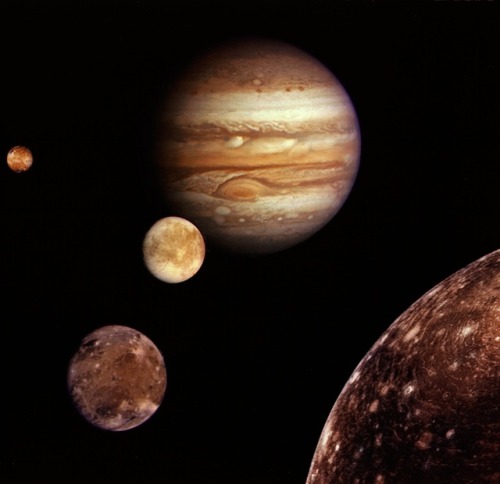
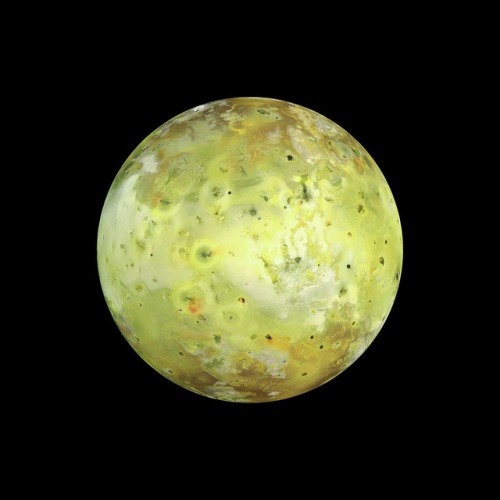
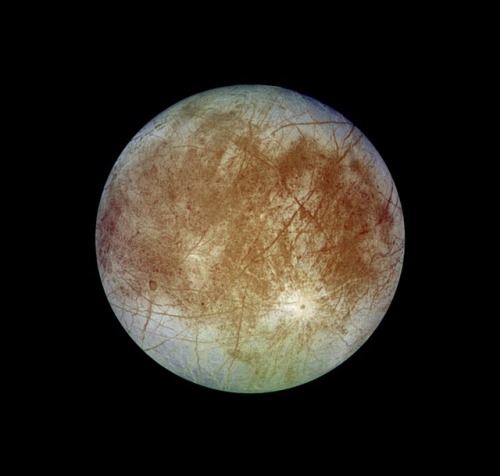
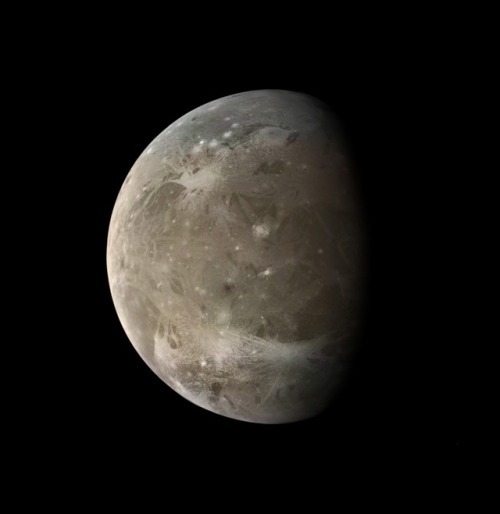
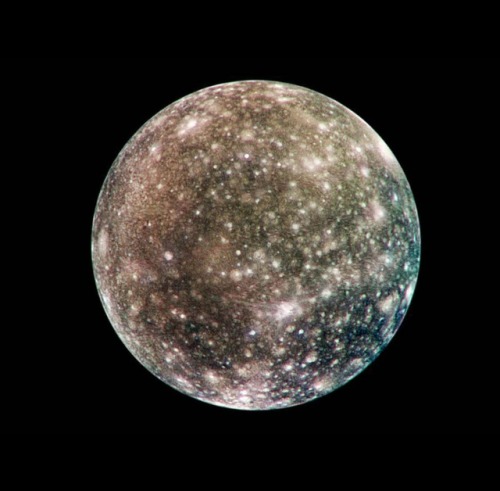
Galilean moons
The Galilean moons are the four largest moons of Jupiter — Io, Europa, Ganymede, and Callisto. They were first seen by Galileo Galilei in January 1610, and recognized by him as satellites of Jupiter in March 1610. They are the first objects found to orbit another planet. Their names derive from the lovers of Zeus. They are the first objects found to orbit another planet. Their names derive from the lovers of Zeus. They are among the largest objects in the Solar System with the exception of the Sun and the eight planets, with a radius larger than any of the dwarf planets.
Io is the fourth largest moon in the Solar System. With over 400 active volcanos, Io is the most geologically active object in the Solar System. Its surface is dotted with more than 100 mountains, some of which are taller than Earth’s Mount Everest. Unlike most satellites in the outer Solar System (which have a thick coating of ice), Io is primarily composed of silicate rock surrounding a molten iron or iron sulfide core. Although not proven, recent data from the Galileo orbiter indicate that Io might have its own magnetic field.
Europa the second of the four Galilean moons, is the second closest to Jupiter and the smallest at 3121.6 kilometers in diameter, which is slightly smaller than the Moon. The name comes from a mythical Phoenician noblewoman, Europa, who was courted by Zeus and became the queen of Crete, though the name did not become widely used until the mid-20th century. It has a smooth and bright surface, with a layer of water surrounding the mantle of the planet, thought to be 100 kilometers thick. The smooth surface includes a layer of ice, while the bottom of the ice is theorized to be liquid water. The apparent youth and smoothness of the surface have led to the hypothesis that a water ocean exists beneath it, which could conceivably serve as an abode for extraterrestrial life.
Ganymede is the largest moon in the Solar System, and is even bigger than the planet Mercury. It is the only satellite in the Solar System known to possess a magnetosphere, likely created through convection within the liquid iron core.
Callisto is the fourth and last Galilean moon, and is the second largest of the four, and at 4820.6 kilometers in diameter, it is the third largest moon in the Solar System, and barely smaller than Mercury, though only a third of the latter’s mass. It is named after the Greek mythological nymph Callisto, a lover of Zeus who was a daughter of the Arkadian King Lykaon and a hunting companion of the goddess Artemis. It is one of the most heavily cratered satellites in the Solar System, and one major feature is a basin around 3000 km wide called Valhalla.
source
image credit: NASA/JPL

The Challenger space shuttle is starting last successfull mission before disaster. Credit: NASA

Welcome to Mars, Percy!
February 18, 2021 - @nasa successfully landed its new robotic rover ‘Perseverance’ on Mars, a mission to directly study if there was ever life on the planet.

Arthur Strengthens, Moves Northward by NASA Goddard Photo and Video
-
 wtfisdarius liked this · 4 months ago
wtfisdarius liked this · 4 months ago -
 annan2vba liked this · 7 months ago
annan2vba liked this · 7 months ago -
 b-wise-not-weak81 liked this · 1 year ago
b-wise-not-weak81 liked this · 1 year ago -
 annotherdeer liked this · 2 years ago
annotherdeer liked this · 2 years ago -
 loveyoujustin-blog1 liked this · 2 years ago
loveyoujustin-blog1 liked this · 2 years ago -
 junglefowl0 liked this · 2 years ago
junglefowl0 liked this · 2 years ago -
 pett1944 reblogged this · 2 years ago
pett1944 reblogged this · 2 years ago -
 boanerges20 liked this · 2 years ago
boanerges20 liked this · 2 years ago -
 usafphantom2 liked this · 2 years ago
usafphantom2 liked this · 2 years ago -
 usafphantom2 reblogged this · 2 years ago
usafphantom2 reblogged this · 2 years ago -
 irohlegoman reblogged this · 2 years ago
irohlegoman reblogged this · 2 years ago -
 irohlegoman liked this · 2 years ago
irohlegoman liked this · 2 years ago -
 svnrae reblogged this · 2 years ago
svnrae reblogged this · 2 years ago